DIY Hanging Macrame Chair for Cozy Decor
Are you ready to transform your living space into a cozy sanctuary? A DIY hanging macrame chair is not just a piece of furniture; it’s a statement of style and comfort that can elevate any nook in your home. Imagine curling up with your favorite book, sipping on a warm cup of tea, or simply enjoying the gentle sway of your chair as you relax. This article will guide you through the entire process, from gathering materials to hanging the chair, ensuring you create a beautiful piece that reflects your personal taste.
Creating a macrame chair is a rewarding project that combines creativity with craftsmanship. It’s perfect for those who love hands-on activities and want to add a personal touch to their decor. Plus, with the right techniques, you can customize the design to fit any space, whether it's a cozy corner in your living room, a sunlit patio, or even a bedroom. So, grab your supplies, roll up your sleeves, and let’s dive into the world of macrame!
Throughout this article, we will explore various elements of making your macrame chair, including the materials needed, the types of cord to use, essential knots, and design ideas. Whether you are a beginner or have some experience with macrame, this guide will provide you with all the information you need to create a stunning piece of furniture that you can be proud of.
Stay tuned as we unravel the beauty of macrame and help you craft a hanging chair that not only serves as a functional item but also enhances the aesthetic appeal of your home. Ready to get started? Let’s make your cozy decor dreams come true!
- What materials do I need to make a macrame chair? You will need macrame cord, wooden dowels, scissors, and a measuring tape.
- Can I use any type of cord for my macrame chair? While you can use various types of cord, natural fibers like cotton are recommended for comfort, while synthetic fibers can provide durability.
- How long does it take to make a macrame chair? The time varies based on your skill level and the complexity of the design, but most projects can be completed in a few hours to a couple of days.
- Is it safe to hang my macrame chair indoors? Yes, as long as you securely attach it to a sturdy beam or ceiling hook, it should be safe for indoor use.
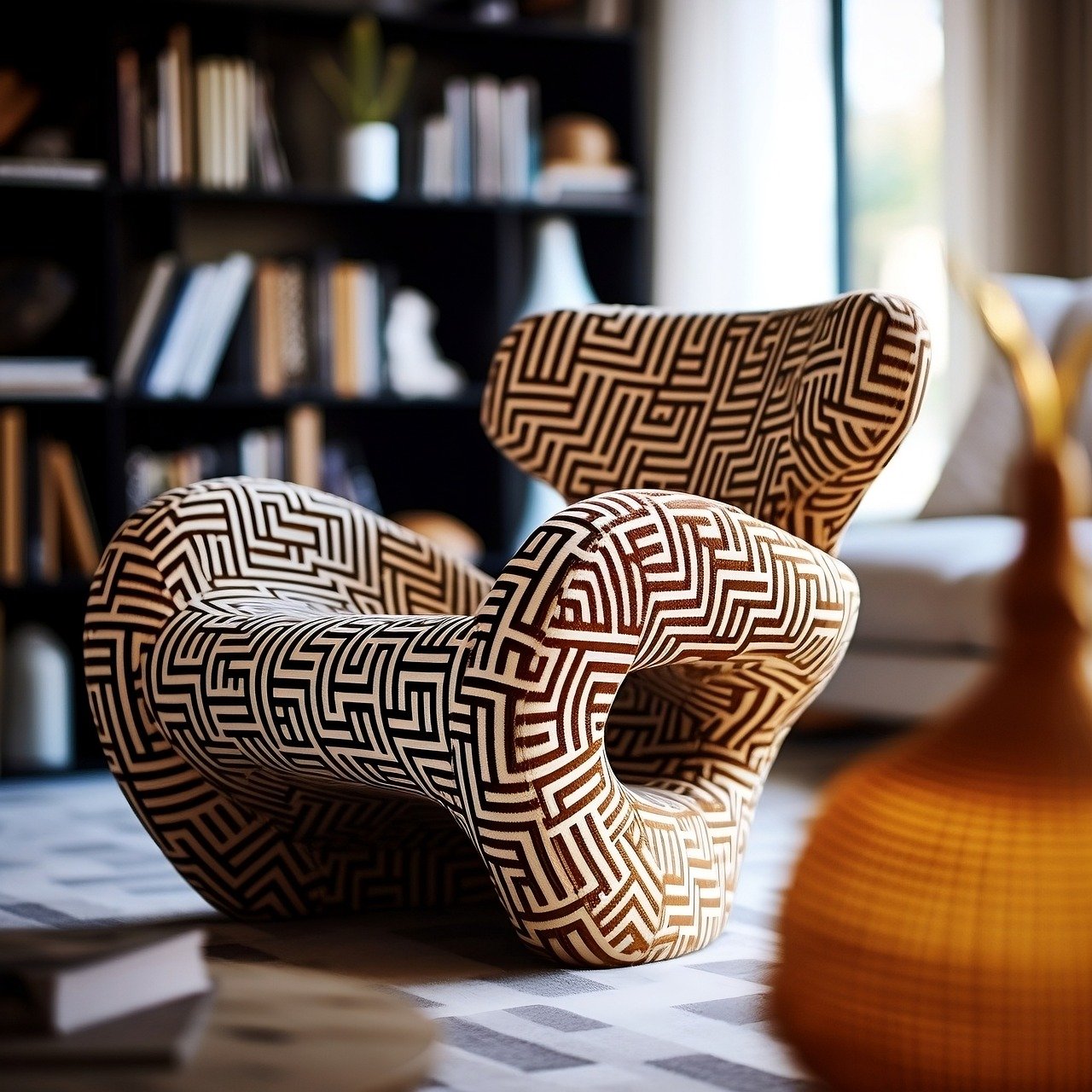
Materials Needed
Creating your very own macrame chair is not only a fun project but also a rewarding one. To embark on this artistic journey, you need to gather the right materials. Having everything on hand before you start will save you time and frustration. Here’s a detailed list of essential items you’ll need:
- Macrame Cord: This is the backbone of your chair. Choose a cord that suits your style and intended use. You'll find various materials, thicknesses, and colors available.
- Wooden Dowels: These serve as the frame for your chair. They provide structure and support, so selecting durable dowels is key.
- Scissors: A good pair of scissors is necessary for cutting your macrame cord to the desired lengths.
- Measuring Tape: Accurate measurements will ensure your chair is the perfect size for comfort and aesthetics.
- Ruler: This will help you maintain even spacing and symmetry in your knots and patterns.
- Safety Pins or Clips: These can assist in holding your work in place while you tie your knots.
- Optional: Beads or Decorative Elements: If you want to add a personal touch, consider incorporating beads or other decorative items into your design.
Once you have gathered these materials, you’ll be ready to dive into the wonderful world of macrame. Remember, the quality of your materials can significantly affect the final product, so it’s worth investing a little extra for the best results. As you gather your supplies, think about the color scheme and style you want for your chair. This is your chance to express your creativity!
Additionally, if you’re planning to hang your chair outdoors, consider using weather-resistant materials. Using synthetic fibers for the macrame cord and treated wood for the dowels can enhance durability and longevity, ensuring your chair withstands the elements while still looking fabulous.
In summary, prepping your materials is a crucial step in the macrame chair-making process. The right tools not only make the job easier but also elevate the overall quality of your final creation. So, gather your supplies, and let’s get started on crafting a cozy and stylish addition to your home decor!
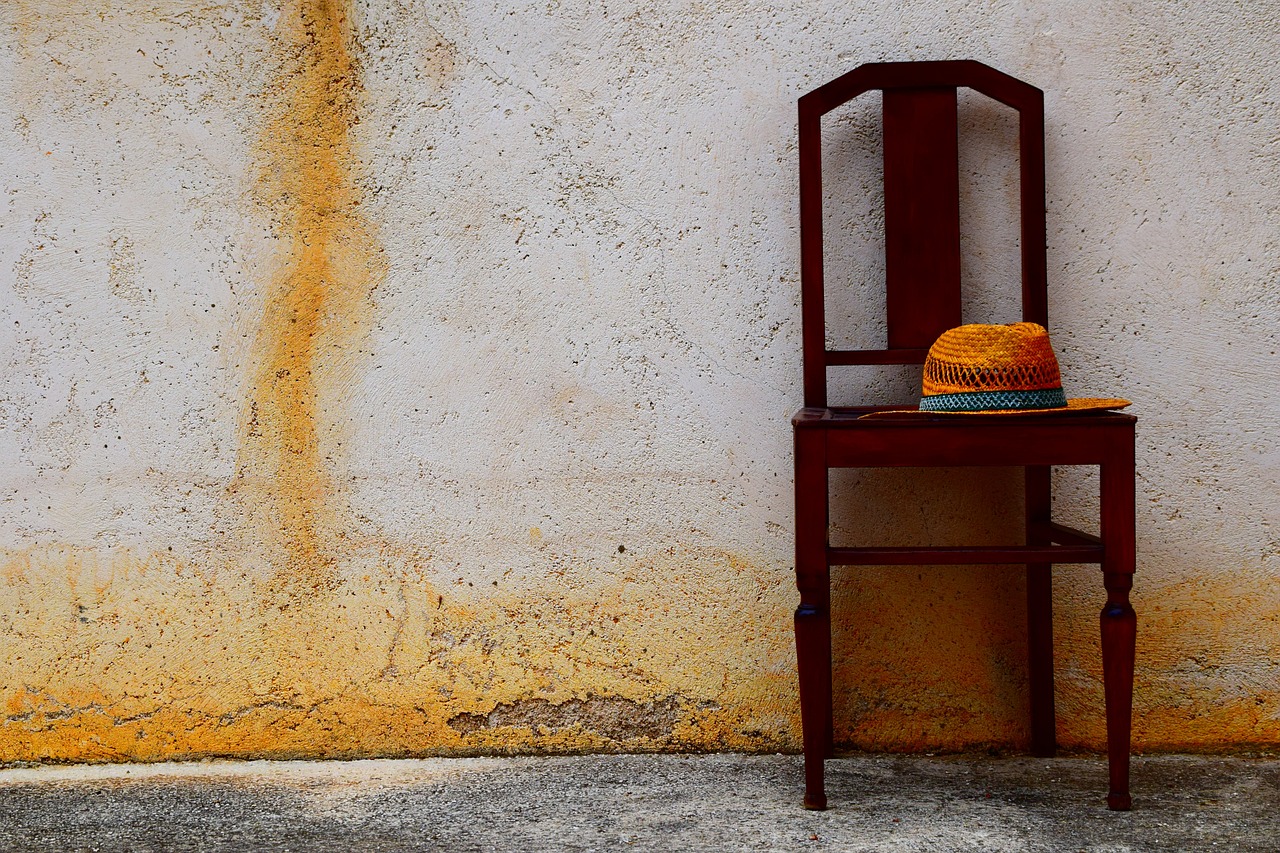
Choosing the Right Macrame Cord
When it comes to crafting your own macrame chair, one of the most critical decisions you'll make is . The type of cord you select not only affects the durability of your chair but also plays a significant role in its overall look and feel. With so many options available, it can feel a bit overwhelming, but don't worry! We're here to break it down for you.
First, consider the materials available for macrame cords. You typically have two main categories: natural fibers and synthetic fibers. Each has its own unique characteristics that can enhance your project in different ways. For instance, natural fibers, like cotton, are known for their softness and eco-friendliness, making them a fantastic choice for indoor furniture. On the other hand, synthetic fibers, such as nylon or polyester, offer greater durability and are often more resistant to weather elements, which is ideal for outdoor settings.
Next, let's dive into the thickness of the cord. The thickness you choose can drastically influence not only the strength of your chair but also its aesthetic appeal. Thicker cords tend to create a more robust and visually striking design, while thinner cords can lend a delicate and intricate look. To give you a clearer idea, here’s a simple table comparing the effects of different cord thicknesses:
| Thickness | Appearance | Durability |
|---|---|---|
| 2-3mm | Delicate and intricate | Less durable |
| 4-5mm | Balanced and versatile | Moderately durable |
| 6-8mm | Bold and robust | Highly durable |
As you can see from the table, your choice of thickness will depend on the specific design you have in mind. Are you aiming for something soft and inviting, or do you want a statement piece that commands attention? The right thickness can help you achieve that vision.
Lastly, don't forget to consider the color and texture of the cord. A well-chosen color can either blend seamlessly with your decor or stand out as a vibrant focal point. Similarly, the texture can add depth and interest to your macrame chair. Whether you opt for a smooth finish or a more rustic look, the right choice can elevate your DIY project to a whole new level.
In summary, selecting the right macrame cord is a blend of personal preference and practical considerations. By taking into account the material, thickness, and color, you can ensure that your macrame chair is not only functional but also a stunning addition to your home!
- What type of cord is best for beginners? - For beginners, cotton cord is often recommended due to its softness and ease of handling.
- Can I use other types of cord besides macrame cord? - While macrame cord is specifically designed for knotting, you can experiment with other types, but they may not provide the same results.
- How much cord do I need for a macrame chair? - The amount of cord needed can vary based on your design, but generally, you should plan for at least 100 feet for a standard chair.

Natural vs. Synthetic Fibers
When embarking on your DIY macrame chair journey, one of the most critical decisions you'll face is whether to use natural or synthetic fibers. Each type comes with its own set of characteristics, advantages, and limitations, which can significantly affect the final outcome of your project. Let’s dive into the world of macrame fibers and explore what each option has to offer.
Natural fibers, such as cotton, jute, or hemp, are derived from plants and animals. They are often celebrated for their eco-friendliness and soft texture, making them a popular choice for indoor macrame projects. The beauty of natural fibers lies in their breathability and comfort, which can enhance the overall aesthetic of your chair. However, they may not be as durable as synthetic options when exposed to harsh weather conditions. For example, cotton can absorb moisture, which might lead to mold or mildew if your chair is used outdoors without proper care.
On the other hand, synthetic fibers, like nylon or polyester, are man-made and designed to withstand the elements. These materials are often more durable and weather-resistant, making them ideal for outdoor settings. If you're planning to hang your macrame chair on a patio or in a garden, synthetic fibers might be the way to go. They can handle rain, sunlight, and even the occasional spill without losing their integrity. However, some may argue that synthetic options lack the warmth and organic feel of natural fibers, which could detract from the cozy vibe you're aiming for.
To help you make an informed decision, here’s a quick comparison of natural and synthetic fibers:
| Criteria | Natural Fibers | Synthetic Fibers |
|---|---|---|
| Eco-Friendliness | High | Low |
| Durability | Moderate | High |
| Comfort | Soft and Comfortable | Less Comfortable |
| Weather Resistance | Low | High |
Ultimately, the choice between natural and synthetic fibers boils down to your specific needs and the environment where your macrame chair will reside. If you’re looking for a cozy, rustic feel and don’t mind a bit of extra care, natural fibers might be your best bet. However, if durability and weather resistance are your top priorities, synthetic fibers could be the way to go. Remember, the right material can make all the difference in creating a chair that not only looks stunning but also stands the test of time!
- Can I mix natural and synthetic fibers in my macrame chair?
Yes, mixing fibers can create a unique look and enhance durability. Just ensure they are compatible in terms of thickness and texture. - How do I clean natural macrame fibers?
Natural fibers can usually be cleaned with mild soap and water. Avoid harsh chemicals that may damage the fibers. - Are synthetic fibers suitable for indoor use?
Absolutely! While synthetic fibers are great for outdoor use, they can also be used indoors for a modern touch.
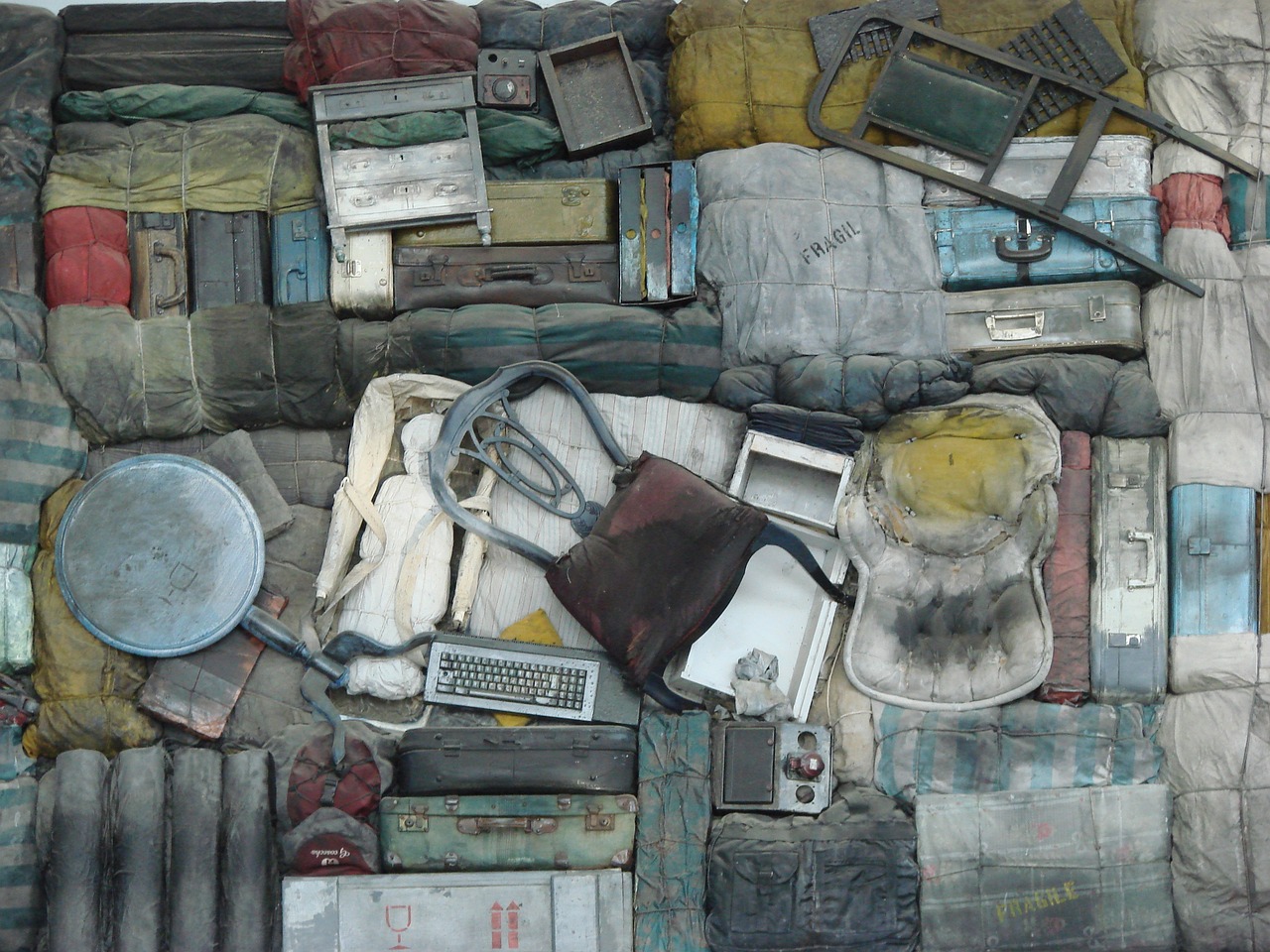
Benefits of Natural Fibers
When it comes to crafting your DIY macrame chair, choosing the right materials is essential, and natural fibers stand out as a fantastic option. Natural fibers, such as cotton, jute, and hemp, offer a range of benefits that not only enhance the aesthetics of your chair but also contribute to its overall comfort and sustainability. One of the most significant advantages of using natural fibers is their eco-friendliness. Unlike synthetic materials, which can take hundreds of years to decompose, natural fibers are biodegradable and have a much lower environmental impact. This makes them a responsible choice for the eco-conscious DIY enthusiast.
Moreover, natural fibers provide a soft, comfortable finish that feels great against the skin. Imagine sinking into your cozy macrame chair after a long day; the gentle texture of cotton or hemp adds a layer of comfort that synthetic fibers simply can’t match. Additionally, natural fibers are breathable, which means they allow air circulation. This is particularly beneficial if you plan to use your chair in warmer climates, as it helps prevent overheating and ensures a more enjoyable sitting experience.
Another compelling reason to opt for natural fibers is their durability. While some might assume that natural materials are less robust than synthetics, many natural fibers, like jute and hemp, are surprisingly strong and can withstand significant wear and tear. This durability means that your macrame chair will not only look great but will also stand the test of time, providing you with a reliable and stylish seating option for years to come.
In summary, the benefits of using natural fibers in your macrame chair project include:
- Eco-friendliness: Biodegradable and sustainable.
- Comfort: Soft and breathable, enhancing the seating experience.
- Durability: Strong fibers that resist wear and tear.
By choosing natural fibers, you are not just crafting a chair; you are creating a piece of art that reflects your values and taste. So, as you embark on your macrame journey, consider the advantages of natural fibers and how they can elevate your DIY project to new heights.
Q: What are the best natural fibers to use for macrame?
A: Cotton, jute, and hemp are excellent choices for macrame due to their strength and comfort.
Q: Are natural fibers more expensive than synthetic options?
A: While natural fibers can sometimes be pricier, their durability and eco-friendliness often make them a better long-term investment.
Q: How do I care for my macrame chair made from natural fibers?
A: Regular cleaning with mild soap and water is recommended, and ensure it is stored in a dry place away from direct sunlight to prevent fading.
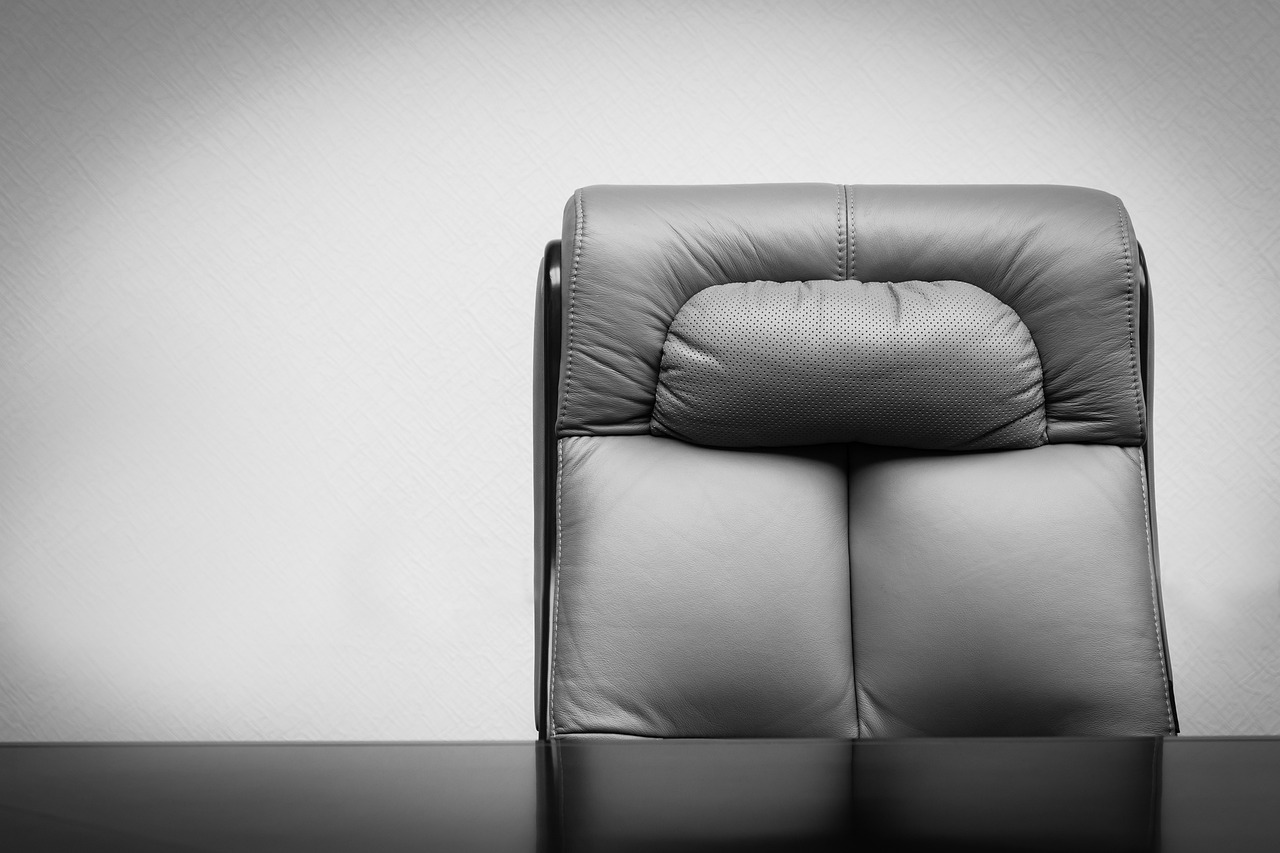
Advantages of Synthetic Fibers
Synthetic fibers have become a popular choice for many DIY enthusiasts, particularly when it comes to crafting a macrame chair. One of the most significant advantages of synthetic fibers is their enhanced durability. Unlike natural fibers, which can wear down over time, synthetic options like nylon or polyester are designed to withstand the test of time. This means your macrame chair can handle daily use, whether it's indoors or outdoors, without showing signs of wear and tear.
Another benefit is their weather resistance. If you're looking to hang your chair outside, synthetic fibers are typically resistant to moisture, UV rays, and even mold. This makes them an excellent choice for outdoor settings, where exposure to the elements can quickly damage natural materials. You won’t have to worry about your chair fading or deteriorating after a few rainy days or under the harsh sun.
Additionally, synthetic fibers are often easier to clean. They can be wiped down with a damp cloth or even machine-washed in some cases, making maintenance a breeze. This is particularly advantageous for families with kids or pets, where spills and messes are a common occurrence. You can enjoy your macrame chair without the constant anxiety of keeping it pristine.
Moreover, synthetic fibers come in a wide range of colors and textures, allowing for more creative freedom in your design. You can choose vibrant colors that won't fade and experiment with various textures to achieve the look you desire. This flexibility means you can personalize your macrame chair to perfectly fit your decor style, whether it’s bohemian, modern, or rustic.
In summary, while natural fibers have their charm, synthetic fibers offer practical advantages that can make your DIY macrame chair both beautiful and functional. With their durability, weather resistance, easy maintenance, and design versatility, synthetic fibers are a fantastic option for anyone looking to create a cozy and stylish seating solution.
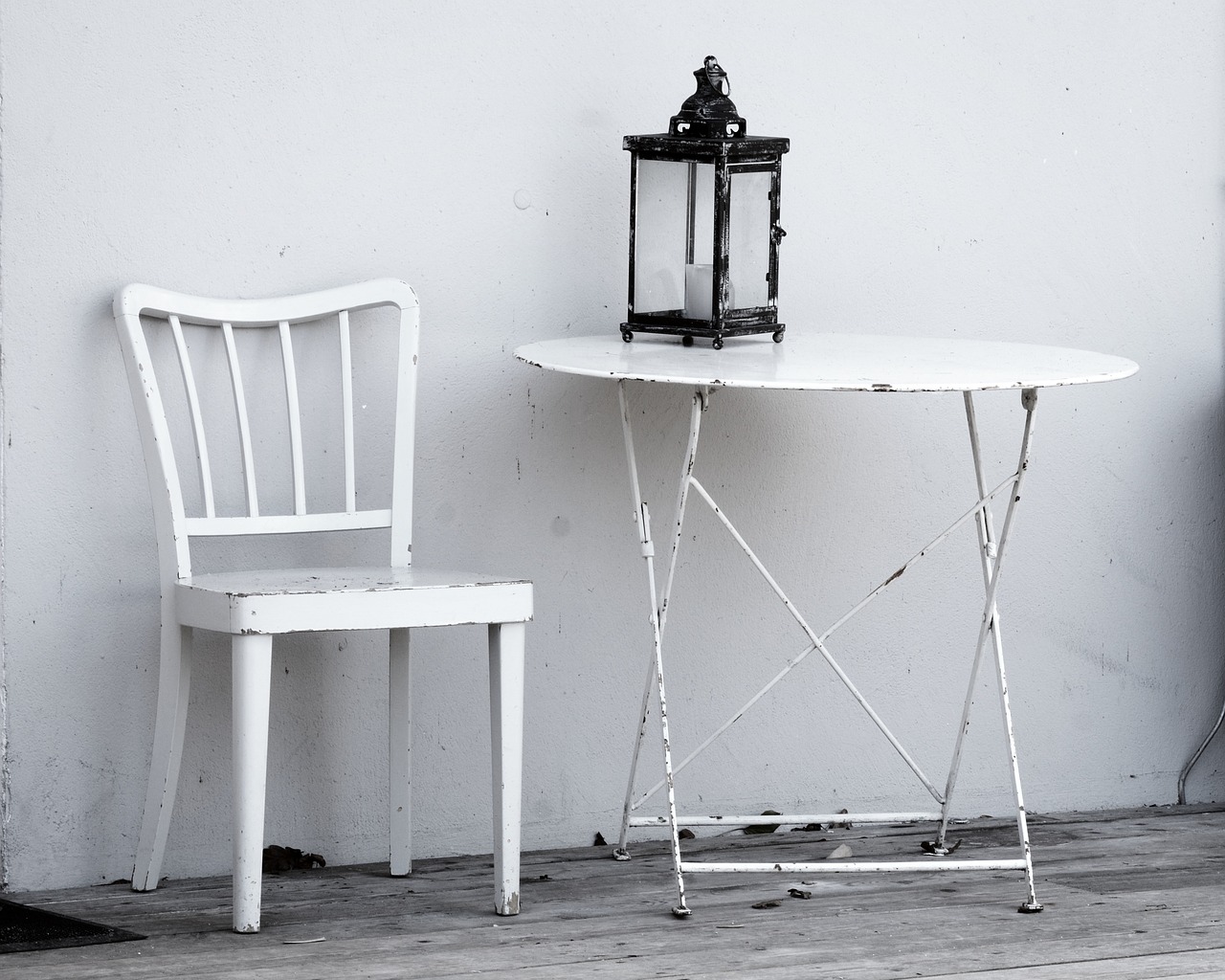
Choosing the Right Thickness
When embarking on your macrame chair project, one of the most critical decisions you'll face is for your macrame cord. The thickness not only influences the chair's strength and durability but also significantly impacts its overall appearance. Think of it like choosing the right thread for a sewing project; the wrong choice can lead to a less-than-stellar result. So, how do you determine what thickness is best for your chair?
Generally, macrame cords come in various thicknesses, typically ranging from 2mm to 10mm. Here’s a quick breakdown of how different thicknesses can affect your project:
| Thickness (mm) | Best Use | Characteristics |
|---|---|---|
| 2-4mm | Small projects (e.g., plant hangers) | Lightweight, delicate, ideal for intricate designs |
| 5-7mm | Medium projects (e.g., wall hangings) | Versatile, good balance of strength and flexibility |
| 8-10mm | Large projects (e.g., chairs) | Heavy-duty, provides substantial support and durability |
For a macrame chair, it’s typically recommended to use a cord that is at least 6mm thick. This thickness ensures that the chair can support weight comfortably while also offering a sturdy structure. However, if you’re looking for a more decorative look, you might consider using a thinner cord for certain design elements, but always keep in mind the overall strength of the chair.
Additionally, the choice of thickness can also depend on the style you want to achieve. Thicker cords create a more robust and rustic look, while thinner cords can lend a more delicate and refined aesthetic. Think of it as the difference between a bold statement piece and a subtle accent. So, before you dive into knotting, take a moment to visualize how the thickness will affect the final design of your chair.
Ultimately, the right thickness will depend on your personal preference, the intended use of the chair, and how much weight you expect it to hold. Don’t hesitate to experiment with different thicknesses in your practice pieces; this can help you get a feel for how each thickness behaves and looks when knotted. Remember, macrame is as much about expression as it is about functionality!
- What thickness is best for outdoor macrame chairs? For outdoor projects, a thicker cord (around 8-10mm) is recommended for added durability and weather resistance.
- Can I mix different thicknesses in my design? Yes! Mixing thicknesses can create visual interest, but ensure that the thinner cords are used in non-load-bearing areas.
- How do I know if the cord is strong enough? Always check the manufacturer's specifications for weight capacity; this will guide you in making a safe choice.
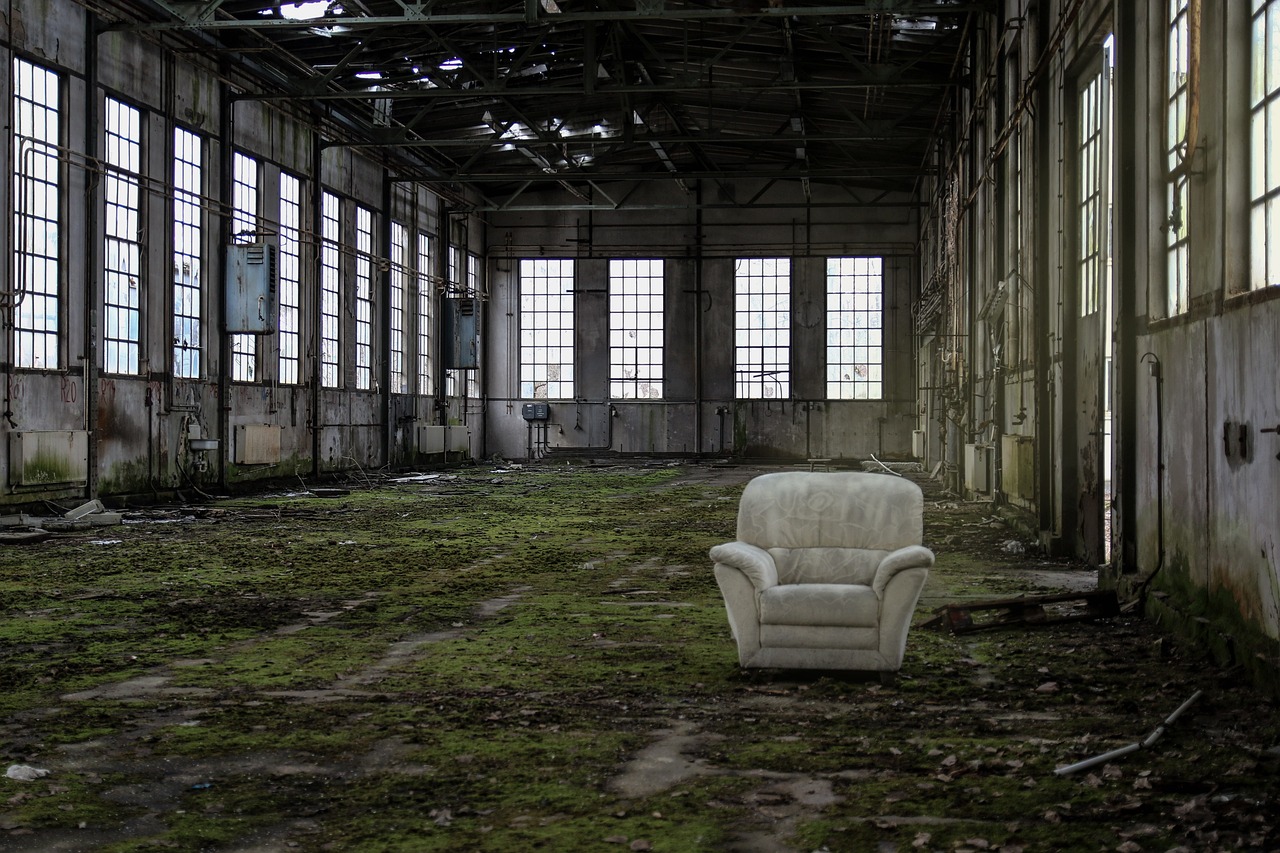
Basic Macrame Knots
When diving into the world of macrame, mastering the basic knots is essential for creating a sturdy and beautiful chair. Think of these knots as the foundation of your design—without them, your entire project could fall apart. Just like a house needs a solid foundation to stand tall, your macrame chair needs these knots to hold its shape and provide support. Let's explore some of the most important knots you'll need to know.
The square knot is arguably one of the most fundamental knots in macrame. It's used frequently in various projects and serves as the backbone for many designs. To tie a square knot, you will need to work with four strands of cord: two on each side. Start by taking the left cord and crossing it over the right cord, then take the right cord and bring it under the left cord. Next, pull the left cord behind the right and bring it back to the front, creating a loop. Finally, pull both cords tight to secure the knot. This knot not only looks great but also provides a strong hold, making it perfect for your chair's structure.
The lark's head knot is another essential knot that you will use to attach your cords to a support structure. It’s simple yet effective, functioning as a reliable anchor point for your macrame chair. To tie a lark's head knot, fold a length of cord in half to create a loop. Place this loop over the support beam or dowel, and then pull the two loose ends of the cord through the loop you just made. Pull the ends down to tighten the knot against the support. This knot is great for starting your project and provides a clean finish that keeps everything in place.
As you become more familiar with these knots, you'll find that they can be combined in various ways to create unique designs. Don't hesitate to experiment! The beauty of macrame lies in its versatility, and each knot you learn opens up new possibilities. Remember, practice makes perfect, so take the time to get comfortable with these basic techniques before moving on to more complex patterns.
As you embark on your macrame journey, you might have some questions. Here are a few frequently asked questions to help guide you:
- What type of cord is best for beginners? Cotton cord is often recommended for beginners due to its ease of use and softness.
- How do I know if my knots are tight enough? A good rule of thumb is to pull the cords snugly without straining them. Your knots should feel secure but not overly tight.
- Can I use macrame outdoors? Yes! Just make sure to choose synthetic cords that are weather-resistant if you plan to hang your chair outside.

Square Knot
The is one of the most fundamental techniques in macrame, serving as a building block for many designs. If you think of it as the bread and butter of macrame, you wouldn’t be far off! This knot not only adds strength to your structure but also creates a visually appealing pattern that enhances the overall aesthetic of your macrame chair. So, how do you tie this essential knot? Let’s break it down step by step.
To start, you’ll need two lengths of macrame cord, which will be referred to as Cord A and Cord B. The process of tying a square knot involves a series of movements that intertwine these two cords. Here’s a simple guide to help you:
- Begin by placing Cord A horizontally over Cord B, forming a simple cross.
- Next, take the end of Cord A and tuck it under Cord B, pulling it through the loop that has formed.
- Now, pull both cords to tighten the knot.
- Repeat the process in reverse: place Cord B over Cord A, then tuck it under and pull through the loop.
- Finally, pull both cords tight again to secure the square knot.
With practice, you’ll find that tying a square knot becomes second nature. It’s a versatile knot that can be used in various projects, not just for your chair. Whether you're creating wall hangings, plant hangers, or other decorative items, the square knot will come in handy. Its symmetrical shape makes it not only strong but also visually pleasing, adding a lovely detail to your macrame design.
Don’t forget to check your tension as you work; a tightly tied knot will ensure the durability of your chair. If you find yourself struggling with the knot, take a moment to practice on a scrap piece of cord. Once you're comfortable, you can move on to combining multiple square knots to create intricate patterns that will elevate your chair's design.
In conclusion, mastering the square knot is essential for any macrame enthusiast. It’s the foundation upon which many beautiful designs are built, and once you get the hang of it, you’ll be ready to tackle more complex knots and patterns. So grab your cords, and let’s get knotting!
- What is the purpose of a square knot in macrame? The square knot is used for joining two pieces of cord together and is essential for creating a sturdy structure in your macrame projects.
- Can I use the square knot in other crafts? Absolutely! The square knot is versatile and can be used in various crafts including jewelry making, sewing, and even in some types of rope work.
- How can I ensure my square knots are tight? Always pull both ends of the cords firmly after tying the knot. If necessary, you can use a tool like a dowel or a clamp to help maintain tension while you work.
- What should I do if my knots are uneven? Take the time to adjust your knots as you work. If you notice uneven tension, gently pull on the cords to even them out before moving on.
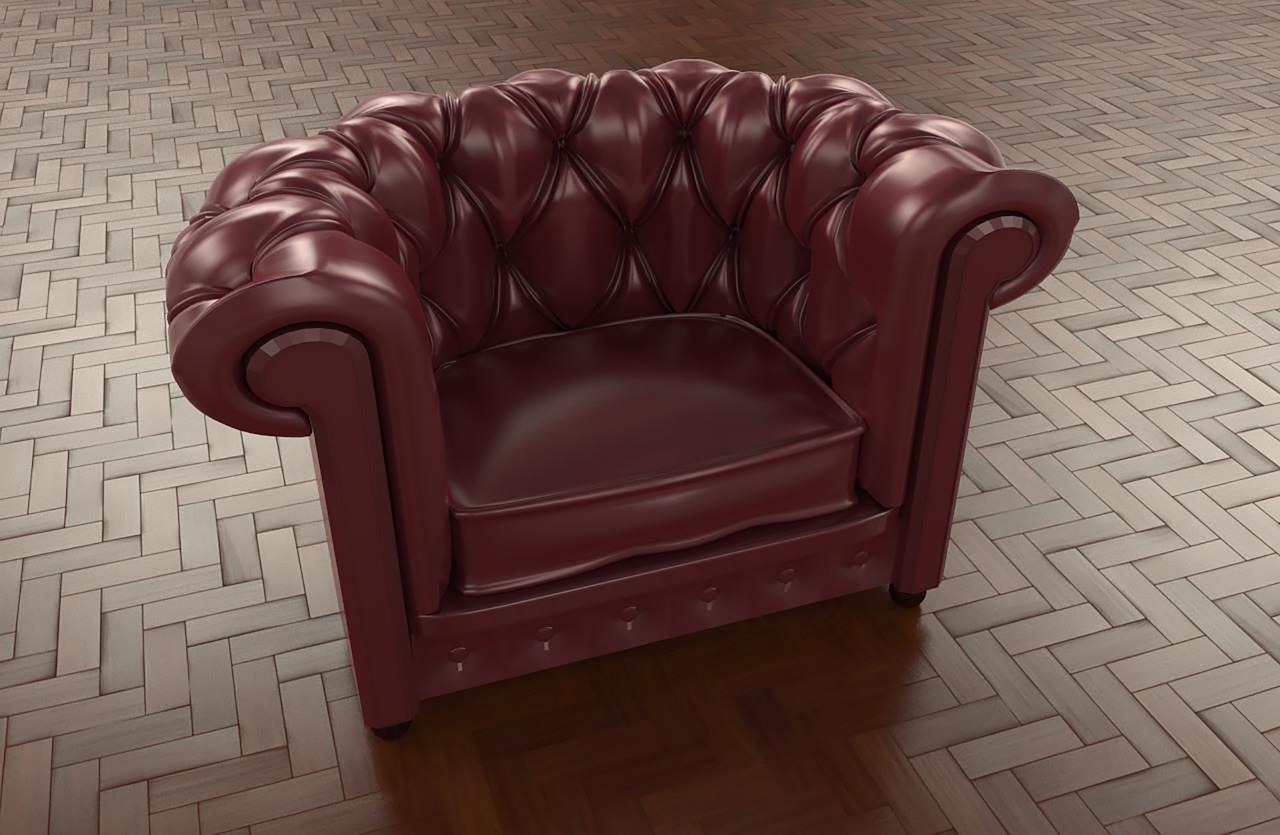
Lark's Head Knot
The is one of the most fundamental knots in the world of macrame, and mastering it is essential for anyone looking to create a beautiful hanging chair. This knot serves as a way to attach your macrame cords to a support structure, providing the foundation for your entire project. Imagine it as the sturdy roots of a tree; without them, the tree simply cannot stand tall and proud. In this section, we'll explore how to tie the Lark's Head Knot, its significance in macrame, and some tips to ensure you get it right every time.
To tie a Lark's Head Knot, you'll need to start with a length of cord. First, fold the cord in half to create a loop. This loop is what gives the knot its name, as it resembles a lark's head. Next, place the loop over the support beam or dowel where you want to attach your macrame. Then, pull the two ends of the cord through the loop. As you pull, the knot will tighten around the support, securing it in place. It’s that simple! However, don’t be fooled by its straightforwardness; this knot is incredibly strong and can hold a considerable amount of weight, making it perfect for your macrame chair.
Here’s a quick step-by-step breakdown for clarity:
- Take your macrame cord and fold it in half to create a loop.
- Place the loop over the support structure.
- Pull the two loose ends through the loop.
- Gently pull on the ends to tighten the knot around the support.
Using the Lark's Head Knot not only provides a secure attachment but also adds an aesthetic touch to your design, as the loops can create a visually appealing pattern. As you progress with your macrame chair, you'll find that this knot can be used in various applications, from securing the base to creating decorative elements. Remember, practice makes perfect, so don’t hesitate to try it out a few times before you commit to your final design.
In conclusion, the Lark's Head Knot is a staple in any macrame enthusiast's toolkit. It’s simple, effective, and versatile, making it the perfect choice for your DIY hanging chair. So grab your cord, find a comfortable spot, and start practicing this essential knot. You'll be amazed at how quickly you can master it, and soon enough, you’ll be well on your way to creating a stunning macrame chair that will be the envy of all your friends!
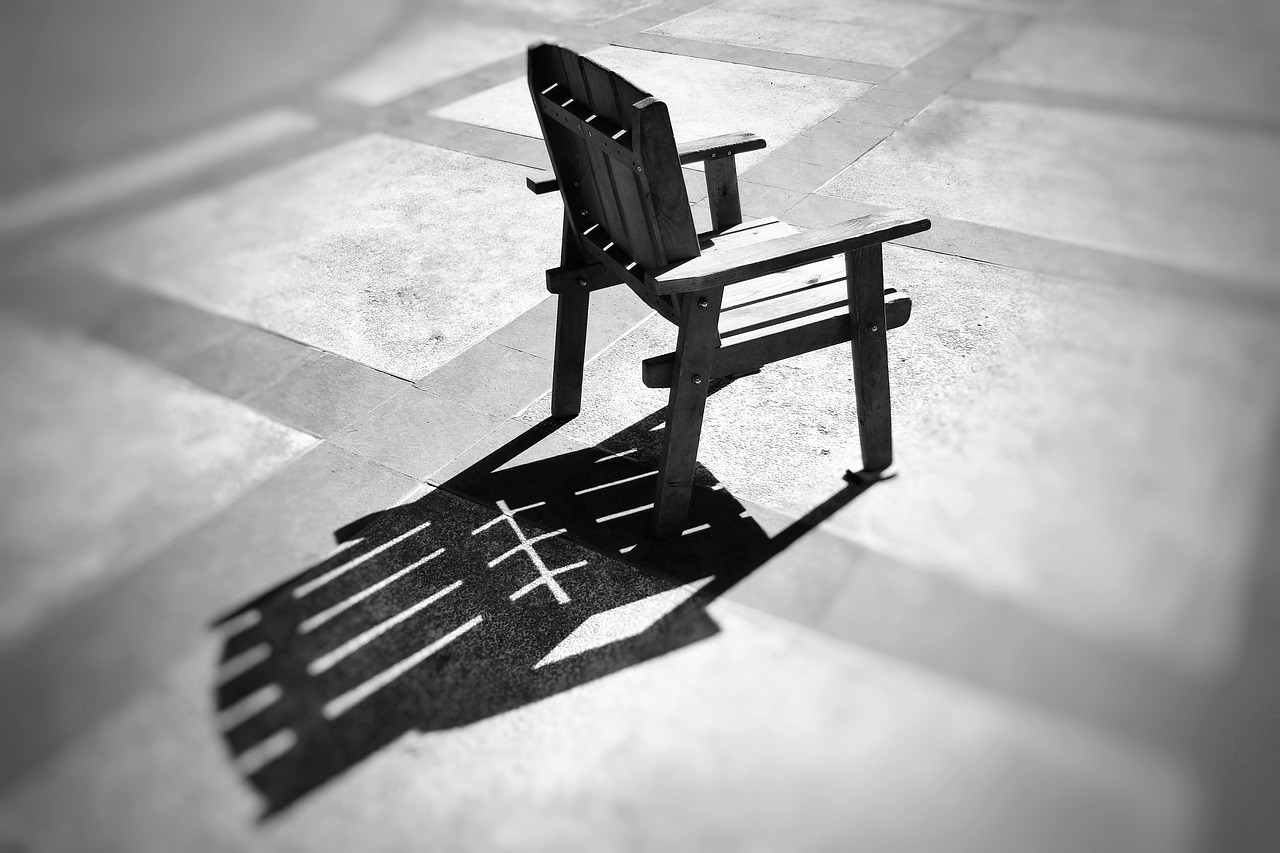
Designing Your Chair
Designing your macrame chair is where the fun truly begins! This is your chance to let your creativity shine and craft a piece that is not just functional, but also a stunning focal point in your space. Whether you’re aiming for a bohemian vibe or something more modern, there are countless ways to personalize your chair. Think of it as creating a piece of art that you can lounge in!
When it comes to design, consider starting with a few simple patterns if you're a beginner. These designs often incorporate basic knots and can be completed in a relatively short amount of time, giving you a sense of accomplishment right off the bat. For instance, a basic diamond pattern can add a touch of elegance without overwhelming you with complexity. As you gain confidence, you can explore more intricate designs.
For those who are feeling adventurous, there are advanced techniques that can elevate your macrame chair to the next level. Imagine incorporating a combination of knots to create a beautiful wave pattern or using color to add depth and interest. The possibilities are endless! Advanced designs can include:
- Gradient Patterns: Using multiple colors that blend into one another.
- Geometric Shapes: Incorporating shapes like triangles or hexagons for a modern look.
- Layered Textures: Mixing different types of cords or knots to create a rich texture.
As you design, remember to keep both aesthetics and comfort in mind. A well-designed chair should not only look good but also provide a cozy spot to relax. Think about the proportions of your chair; a wider seat might be more inviting, while a higher back can offer better support. Sketching your design on paper can be a great way to visualize what you want before you start knotting.
To help you organize your ideas, consider creating a design board. This could include color swatches, fabric samples, and images of macrame patterns that inspire you. Not only will this keep you focused, but it will also serve as a reference throughout the project. Remember, the design phase is all about experimentation and fun, so don’t be afraid to try new things!
Lastly, as you finalize your design, think about how your chair will fit into your existing decor. Will it hang in a cozy corner of your living room, or will it be an eye-catching statement piece on your patio? Whatever your vision, designing your macrame chair is an exciting step in creating a cozy and inviting atmosphere in your home.
Q: How long does it take to make a macrame chair?
A: The time it takes can vary based on your experience level and the complexity of the design. A simple chair might take a few hours, while a more intricate design could take several days.
Q: What type of cord is best for outdoor macrame chairs?
A: For outdoor chairs, synthetic fibers like nylon or polyester are recommended due to their durability and resistance to weather conditions.
Q: Can I wash my macrame chair?
A: Yes, but it’s best to spot clean with mild soap and water to avoid damaging the fibers. Always check the care instructions for your specific type of cord.
Q: Do I need special tools for making a macrame chair?
A: While you can make a macrame chair with just your hands, having scissors, a measuring tape, and a wooden dowel or ring can make the process easier.

Simple Patterns
When diving into the world of macrame, starting with is not just a good idea—it's essential! These patterns serve as the building blocks of your creativity, allowing you to develop your skills while crafting a stunning macrame chair. Think of it as learning to walk before you run; mastering the basics will empower you to tackle more complex designs later on.
One of the simplest yet most effective patterns is the basic square knot. This knot is not only foundational but also versatile, making it perfect for creating the chair's seat and backrest. To create this pattern, you’ll need to use four strands of macrame cord. The leftmost and rightmost cords become the working cords, while the inner two act as the anchor. By following a simple over-under technique, you can achieve a neat and uniform look that provides both strength and style.
Another excellent choice for beginners is the lark's head knot, which is ideal for attaching your cords to a support structure. This knot is incredibly easy to tie and is often used at the beginning of many macrame projects. Imagine it as the handshake of your macrame chair—it sets the stage for everything else to follow. To create this knot, simply fold your cord in half, place the loop over your support, and pull the ends through. Voila! You have a secure attachment point.
As you become more comfortable with these basic knots, you can start to experiment with that incorporate them in creative ways. For instance, consider alternating rows of square knots and lark's head knots to create a visually appealing texture. You might also explore the idea of adding color by using multiple strands of different colored cords. This not only enhances the aesthetic appeal of your chair but also allows you to express your personal style.
In addition to these knots, you can play around with spacing and tension to create unique designs. For example, if you space your knots further apart, you’ll achieve a more open, airy look, while tighter knots can give a denser, more structured appearance. The beauty of macrame lies in its flexibility—there are no hard and fast rules, just endless possibilities!
To give you a clearer idea of how these simple patterns can be utilized, here’s a quick overview of some basic designs:
| Pattern Name | Description | Uses |
|---|---|---|
| Square Knot | A secure and versatile knot that forms the basis of many designs. | Seat and backrest of the chair. |
| Lark's Head Knot | An easy knot used to attach cords to a support structure. | Starting point for your macrame project. |
| Half Hitch | A simple knot that creates a diagonal pattern. | To add decorative elements and texture. |
As you progress, don’t hesitate to mix and match these patterns to create something uniquely yours. Remember, the journey of crafting your macrame chair should be as enjoyable as the final product itself. So grab your cords, find a comfy spot, and let your creativity flow!
- What materials do I need for a macrame chair? You will need macrame cord, wooden dowels, scissors, and a measuring tape.
- How long does it take to make a macrame chair? Depending on your skill level and the complexity of the design, it can take anywhere from a few hours to a couple of days.
- Can I use synthetic cord for outdoor chairs? Yes, synthetic fibers are great for outdoor use as they are more weather-resistant.
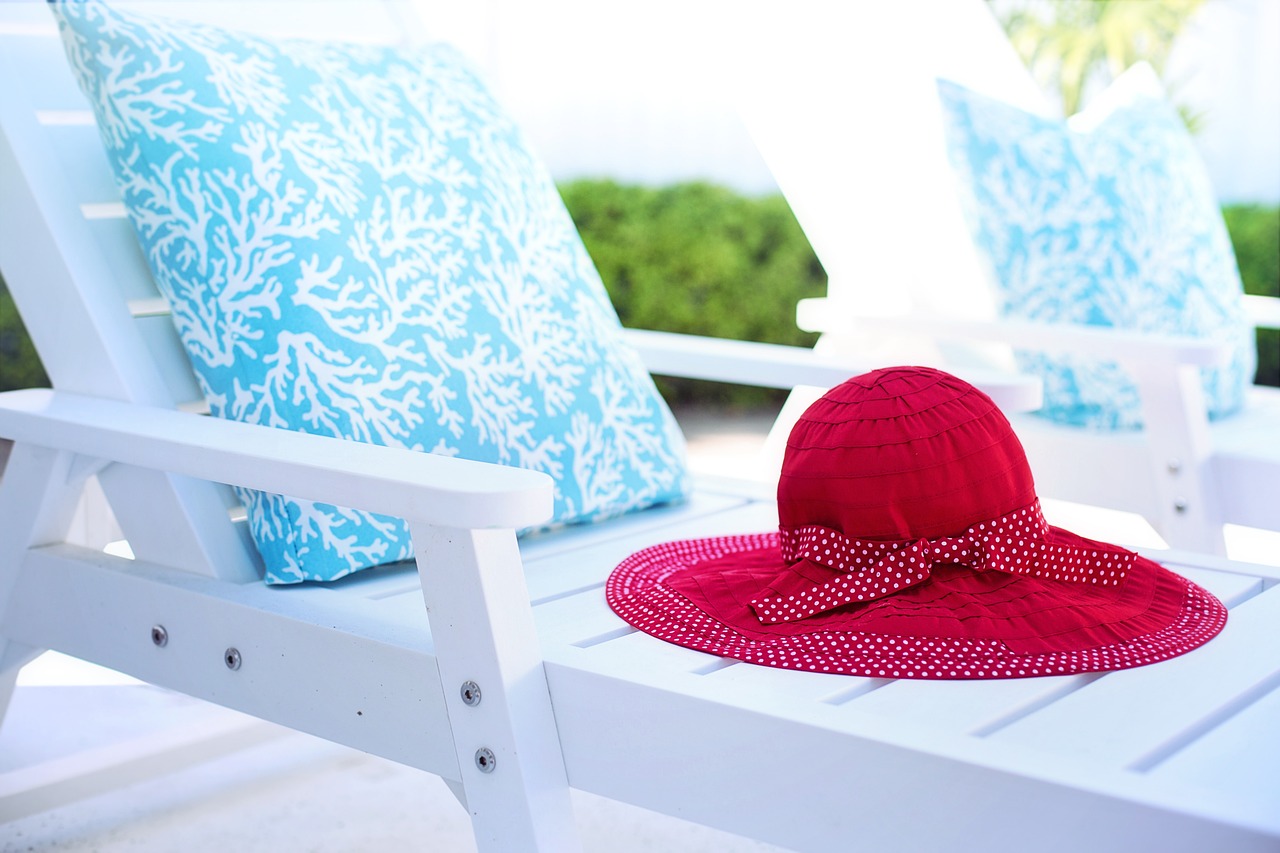
Advanced Techniques
Once you’ve mastered the basics of macrame, it’s time to elevate your skills and create something truly stunning. Advanced techniques not only enhance the aesthetic appeal of your macrame chair but also showcase your creativity and craftsmanship. Imagine transforming a simple chair into a work of art that becomes the centerpiece of your living space. Here are some advanced techniques that can take your macrame project to the next level.
One exciting method is the use of macrame rings. These rings can be incorporated into your design to create beautiful, flowing patterns that add depth and dimension to your chair. By threading your macrame cord through these rings, you can create intricate designs that resemble cascading waterfalls or blooming flowers. This technique requires a bit more precision, but the results are absolutely worth it.
Another advanced technique involves the use of color. Adding colored cords or incorporating dyed sections into your macrame can create a vibrant and eye-catching design. Consider using an ombre effect, where the color gradually transitions from one shade to another. This not only adds visual interest but also allows you to personalize your chair according to your decor style. For example, a soft pastel gradient can evoke a calming atmosphere, while bold, contrasting colors can make a striking statement.
Additionally, you can experiment with layering techniques. By creating multiple layers of knots and patterns, you can achieve a rich texture that feels luxurious and inviting. Think of it like adding layers to a cake; each layer contributes to the overall experience. For your macrame chair, this means intertwining different knot styles or varying the tightness of your knots to create a more dynamic and engaging design.
Lastly, don’t shy away from incorporating other materials into your macrame chair. Consider adding wooden beads, feathers, or even pieces of driftwood to create a mixed-media effect. These elements can add a natural touch and enhance the bohemian vibe of your chair. Just imagine how a few wooden beads strung along the cord can catch the light and draw the eye, making your chair not just a seat, but a conversation starter!
In summary, advanced techniques in macrame not only challenge your skills but also allow for incredible creativity. By incorporating rings, colors, layering, and mixed materials, you can create a macrame chair that is not only functional but also a stunning piece of art. So, roll up your sleeves, unleash your imagination, and let your creativity flow as you embark on this exciting journey of advanced macrame!
- What type of cord is best for advanced macrame techniques? For advanced techniques, consider using a thicker cord for stability, or experiment with different textures like jute or hemp for added visual interest.
- Can I use synthetic fibers for advanced designs? Absolutely! Synthetic fibers can be great for outdoor chairs due to their durability and resistance to weather conditions.
- How do I learn more advanced macrame techniques? There are many resources available, including online tutorials, workshops, and books dedicated to advanced macrame techniques.
- What are some common mistakes to avoid in advanced macrame? One common mistake is not securing your knots tightly enough, which can compromise the structure of your chair. Always double-check your work!

Assembling the Chair
Assembling your macrame chair is where all your hard work starts to pay off! It’s like putting together a puzzle where each piece is crafted with care and creativity. Once you’ve tied all your knots and finalized your design, it’s time to bring everything together. This process is not just about connecting the pieces; it’s about ensuring that your chair is safe, sturdy, and ready to offer comfort and style to your space. So, let’s dive into the steps you need to follow to assemble your beautiful macrame chair.
First and foremost, you’ll need to attach the seat securely to your macrame structure. This is crucial because a well-attached seat ensures safety and comfort. To do this, start by laying your macrame work flat on a surface. Position the seat material—this could be a wooden board, a thick cushion, or even a fabric seat—at the center of your macrame design. Make sure it’s aligned properly with your knots. Then, using additional lengths of macrame cord, you’ll want to tie the seat to the main structure. A good rule of thumb is to use at least four cords, attaching them at each corner of the seat. This not only distributes weight evenly but also adds to the aesthetic appeal.
Next up, we have the exciting part—hanging your chair. This step is where you’ll see your creation come to life! But hold on, safety first! Before you hang your chair, it’s essential to choose the right location. Look for a sturdy support beam or a strong tree branch if you’re going outdoors. Make sure that whatever you choose can hold the weight of the chair along with anyone who will sit in it. Once you’ve found the perfect spot, use a strong rope or chain to secure your chair. Attach it to the support using a reliable knot, such as the lark’s head knot, which we discussed earlier. Ensure that the chair hangs at a comfortable height, allowing for easy entry and exit.
After hanging, always double-check that everything is secure before taking a seat. It’s like a safety net; you wouldn’t want to dive into a pool without checking the water first! Once you’re confident that your chair is firmly in place, you can take a step back and admire your handiwork. The satisfaction of seeing your DIY macrame chair hanging beautifully is unmatched!
Now that your chair is assembled, you might want to add some finishing touches. Consider adding cushions for extra comfort or decorative elements like tassels or beads to enhance the visual appeal. Remember, this chair is not just a piece of furniture; it’s a statement of your personal style and creativity!
- How much weight can a macrame chair hold? - The weight capacity depends on the materials used and the knots tied. Typically, a well-constructed macrame chair can hold between 200-300 pounds.
- Can I use my macrame chair outdoors? - Yes, but ensure you use weather-resistant materials, especially synthetic cords, to withstand outdoor elements.
- How do I clean my macrame chair? - Regularly dust it and use a damp cloth for stains. Avoid soaking the chair in water as it may damage the fibers.
- What type of seat should I use? - You can use a wooden board, a thick cushion, or any sturdy material that complements your macrame design.
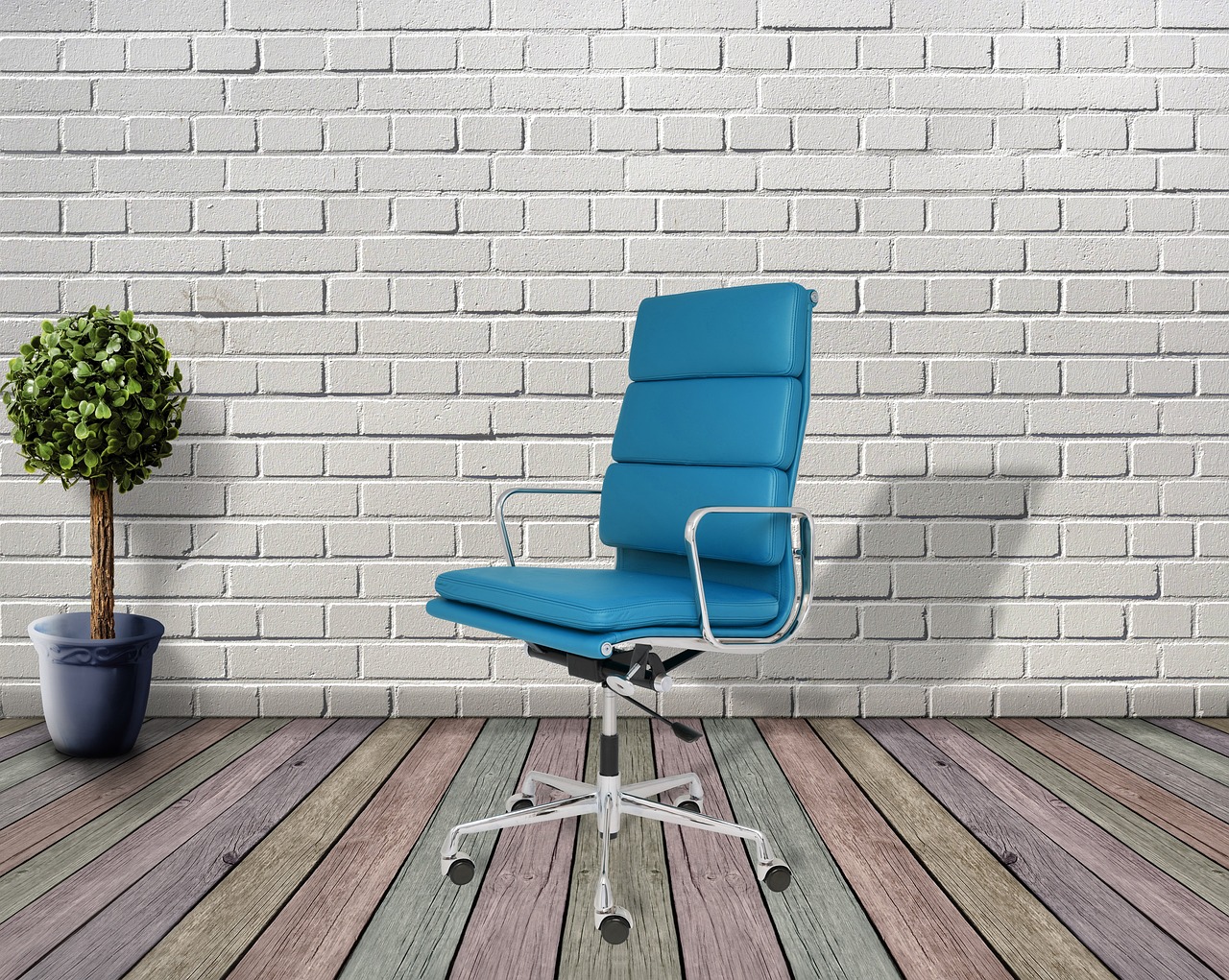
Attaching the Seat
Attaching the seat of your macrame chair is a crucial step that ensures both comfort and safety. After spending time meticulously crafting the knots and design, you want to make sure that the seat is securely fastened, allowing you to relax without worry. To start, gather your materials: a sturdy piece of wood or a pre-made seat cushion that fits the dimensions of your chair design. The choice of seat material can greatly affect the overall look and feel of your chair.
Once you have your seat ready, it’s time to connect it to the macrame structure. Begin by positioning the seat in the center of your macrame frame. To attach it, you will need to use several of the knots you've learned. The most effective method is to use a combination of the square knot and the lark's head knot. This combination not only provides a secure hold but also adds an aesthetic appeal to your chair.
When you start tying the knots, make sure the cords are evenly distributed around the seat. This will help in maintaining balance and support. Here’s a simple guide:
- Position the seat at the desired height.
- Using the lark's head knot, attach the cords from the macrame frame to the edges of the seat. Make sure to pull the knots tight to prevent any sagging.
- After securing the corners, use the square knot to create additional support in the middle of the seat. This step is essential for ensuring that the seat remains stable and does not shift while you’re sitting.
As you work, periodically check the tension of the knots. A well-attached seat should not wobble or feel loose. Once you’ve secured the seat in place, take a moment to admire your handiwork. It’s not just about function; it’s about creating a piece that reflects your style and creativity. After all, this chair will be a cozy spot for relaxation, reading, or enjoying a cup of coffee.
Finally, remember to test the chair's stability before fully committing to using it. Gently apply pressure to the seat, simulating the weight it will bear. If everything feels secure, congratulations! You’ve successfully attached the seat to your macrame chair. Now that you have a sturdy and stylish seat, you can move on to the next step: hanging your chair safely.
Q: What type of wood is best for the seat?
A: It's best to use a sturdy hardwood like oak or maple for durability. If you prefer a lighter option, plywood is also a good choice.
Q: Can I use a cushion instead of wood?
A: Absolutely! A cushion can add extra comfort, just ensure it fits well within the macrame structure.
Q: How do I know if my knots are secure?
A: A good test is to gently pull on the knots. If they hold firm without slipping, you’re good to go!
Q: Is it safe to hang the chair indoors?
A: Yes, as long as you securely attach it to a strong ceiling beam or hook. Ensure that the weight limit is respected.

Hanging Your Chair
Now that you've crafted your beautiful macrame chair, it’s time to hang it up and enjoy the fruits of your labor! But wait—this step is crucial, and it’s not just about finding a spot and throwing it over a hook. You want to ensure that your chair is not only safe but also positioned perfectly for maximum comfort and style. So, let’s dive into the important factors to consider when hanging your macrame chair.
First and foremost, you need to find a sturdy support structure. Whether you’re hanging your chair indoors or outdoors, make sure that the beam, tree branch, or ceiling hook can support the weight of both the chair and the person who will be using it. A general rule of thumb is to choose a support that can hold at least three times the weight of the chair and its occupant. This ensures that even if you have a few friends swinging in for a cozy chat, your chair won’t buckle under pressure.
Next, consider the height at which you hang your chair. You want it to be low enough for easy access but high enough to allow for comfortable swinging. A good starting point is to hang the chair so that the seat is about 18 to 24 inches off the ground. This height allows for a cozy seating experience while still giving enough room for your legs to swing freely. If you’re unsure, you can always adjust the height later, but starting with this measurement is a great way to go.
When it comes to the actual hanging process, you’ll want to use a reliable hanging mechanism. Here are a few options:
- Ceiling Hooks: These are perfect for indoor use. Make sure they are installed into a ceiling joist for maximum stability.
- Tree Straps: For outdoor hanging, tree straps are a fantastic option. They are adjustable and won’t damage the tree.
- Wall Brackets: If you’re short on ceiling space, consider using wall brackets to hang your chair. Just ensure they are securely mounted!
Once you’ve selected your hanging method, it’s time to secure your chair. If you’re using hooks, make sure they are tightly screwed in and can handle the weight. If you’re using tree straps, loop them securely around the branch and ensure they are tight enough to prevent slipping. After hanging, give your chair a gentle tug to test its stability. You want to make sure it’s as secure as a rock before you take a seat!
Lastly, don’t forget about aesthetics. Position your chair in a place where it can shine, whether that’s a cozy corner of your living room or a sunny spot on your patio. Consider adding some decorative pillows or a soft throw blanket to enhance the cozy vibe. After all, your macrame chair isn’t just a piece of furniture; it’s a statement piece that adds charm and warmth to your space.
With these tips in mind, you’ll have your macrame chair hung and ready for relaxation in no time. So grab a book, a warm cup of tea, and enjoy the cozy ambiance your new chair brings to your home!
Here are some common questions about hanging your macrame chair:
- Can I hang my macrame chair outdoors? Yes, you can! Just make sure to use weather-resistant materials and secure it properly to withstand the elements.
- What type of knot should I use to secure the chair? A lark's head knot is commonly used for attaching the macrame cords to hooks or straps.
- How do I know if my support is strong enough? Always check the weight limit of your support structure and choose one that can hold at least three times the weight of the chair and its user.
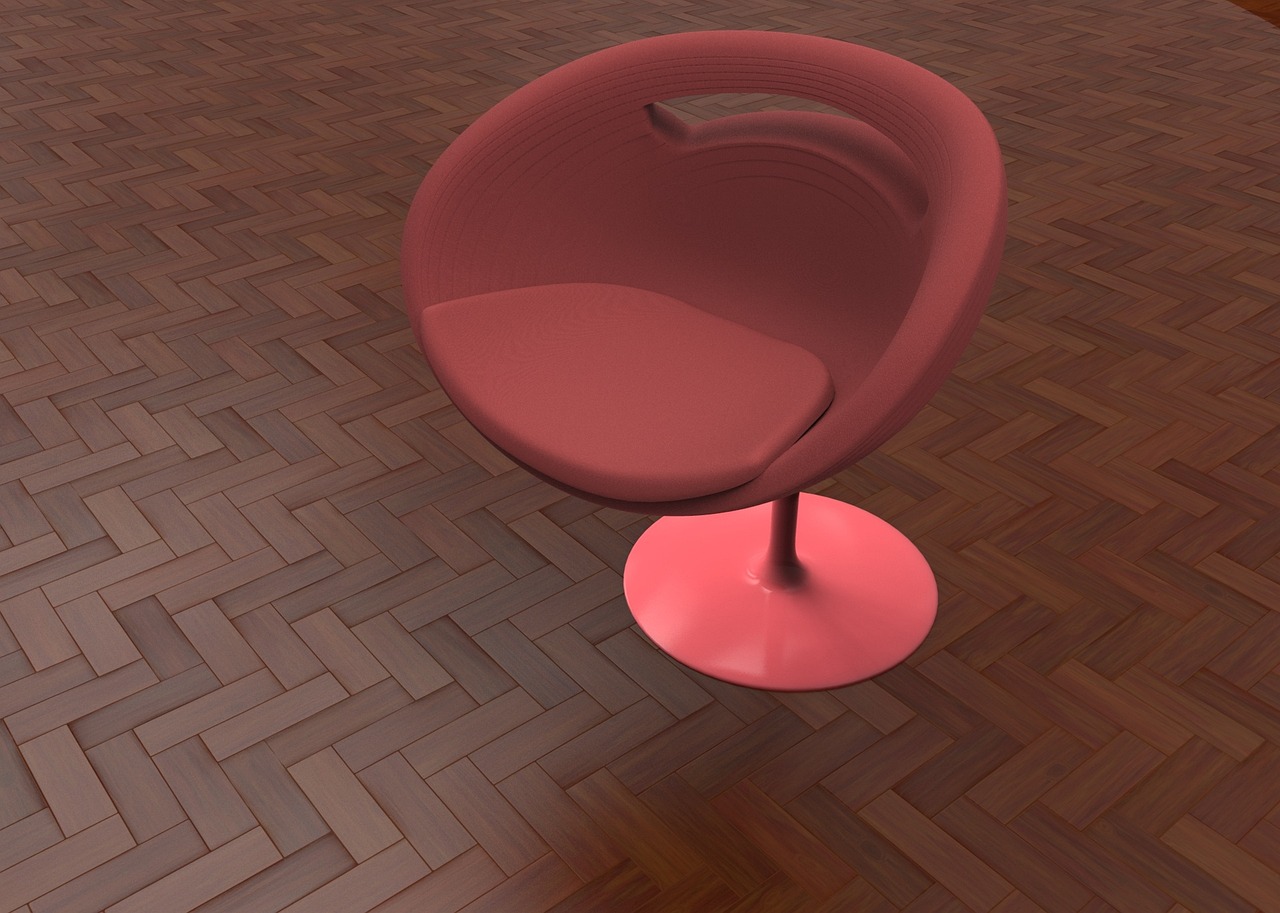
Caring for Your Macrame Chair
Taking care of your macrame chair is essential for maintaining its charm and functionality. Just like a beloved pair of shoes or a cherished piece of furniture, your macrame chair deserves some tender loving care to keep it looking fresh and inviting. Regular maintenance not only preserves the beauty of the chair but also extends its lifespan, allowing you to enjoy its cozy embrace for years to come. So, let's dive into some practical tips for caring for your macrame chair!
First and foremost, cleaning your macrame chair is vital. Dust and dirt can accumulate over time, making your beautiful creation look dull. To keep it looking its best, consider the following cleaning techniques:
- Vacuuming: Use a soft brush attachment on your vacuum cleaner to gently remove dust and debris from the fibers. This method is quick and effective, ensuring that you don’t damage the delicate knots.
- Spot Cleaning: For any stains or spills, it’s best to act fast! Blot the area with a damp cloth and a mild detergent solution. Avoid harsh chemicals that could weaken the fibers.
- Hand Washing: If your chair needs a deep clean, fill a tub with lukewarm water and a gentle detergent. Submerge the chair and gently agitate the water, then rinse thoroughly. Hang it to dry away from direct sunlight to prevent fading.
Next up is storage. If you ever find yourself needing to store your macrame chair, proper storage techniques are crucial to prevent wear and tear. Here are some tips:
- Folding: If your chair is designed to be portable, fold it carefully to avoid creasing the fibers. Make sure not to twist or pull on the knots excessively.
- Location: Store your chair in a cool, dry place away from direct sunlight. This will help prevent any color fading and protect the fibers from becoming brittle.
Lastly, consider the environment where you hang your macrame chair. If it’s outdoors, be mindful of the weather conditions. While synthetic fibers may resist the elements better, natural fibers like cotton can absorb moisture, leading to mold or mildew. If your chair is frequently exposed to the elements, it might be worth investing in a protective cover to shield it from rain and sun.
By following these simple care tips, your macrame chair will not only remain a stunning focal point in your home but will also provide a cozy spot for relaxation for many years. Remember, caring for your chair is not just about maintenance; it's about cherishing the time and effort you put into creating something beautiful!
To wrap things up, here are some common questions you might have about caring for your macrame chair:
- How often should I clean my macrame chair? It’s best to do a light cleaning every few weeks and a deep clean every few months, depending on usage.
- Can I use bleach on my macrame chair? No, avoid using bleach or harsh chemicals as they can damage the fibers and alter the color.
- What should I do if my chair gets wet? Gently blot any excess water and hang it to dry in a well-ventilated area, away from direct sunlight.

Cleaning Techniques
Keeping your macrame chair clean is essential to maintain its beauty and durability. Regular cleaning not only enhances its appearance but also prolongs its lifespan. The first step in your cleaning routine is to remove any loose debris. You can do this by gently shaking the chair or using a soft brush to sweep away dust and dirt that may have accumulated in the knots and crevices. It's like giving your chair a little spa day!
For deeper cleaning, you can use a mild soap solution. Mix a few drops of gentle dish soap with warm water in a bowl. Dampen a soft cloth or sponge in the solution, making sure it's not soaking wet, and gently wipe down the macrame fibers. Be careful not to oversaturate the material, as excessive moisture can weaken the fibers or cause them to lose their shape. It's similar to washing your hair; you want to cleanse without overdoing it!
If you notice any stubborn stains, a soft-bristled toothbrush can be your best friend. Dip the brush into the soapy water and gently scrub the stained area. Rinse the brush frequently to avoid spreading the stain further. After cleaning, make sure to rinse the chair with a damp cloth to remove any soap residue. Finally, allow your chair to air dry completely in a shaded area to prevent any discoloration from direct sunlight.
For those who prefer a more natural approach, consider using a vinegar solution. Mix equal parts of white vinegar and water in a spray bottle. Lightly spray the solution onto the chair and wipe it down with a clean cloth. Vinegar is a fantastic natural cleaner that helps eliminate odors and leaves your chair smelling fresh! Just remember, a little goes a long way.
Lastly, if you live in an area with high humidity or if your chair is exposed to the elements, consider using a protective spray designed for macrame or fabric. This can help repel moisture and prevent mold or mildew from forming. Think of it as a raincoat for your chair, keeping it safe from the unpredictable weather!
Q: How often should I clean my macrame chair?
A: It’s best to clean your macrame chair every few months, or more frequently if it’s used often or exposed to dirt and dust.
Q: Can I machine wash my macrame chair?
A: No, it's not recommended to machine wash your macrame chair as it can damage the knots and fibers. Hand cleaning is the safest option.
Q: What should I do if my chair gets wet?
A: If your chair gets wet, gently blot the moisture with a clean towel and allow it to air dry completely in a shaded area to prevent damage.
Q: How can I prevent my chair from getting dirty?
A: Placing your macrame chair in a less trafficked area and using a protective cover when not in use can help keep it clean.

Storing Your Chair
When it comes to storing your macrame chair, it's essential to do it right to ensure its longevity and maintain its beauty. Just like a well-loved book deserves a special place on the shelf, your chair needs a proper spot to rest when not in use. The first step is to carefully remove any hanging hardware or attachments. This prevents any potential damage during storage. Next, you'll want to gently fold the chair. It's best to avoid sharp creases, so opt for a loose fold that preserves the integrity of the macrame knots and fibers.
Consider the environment where you'll store your chair. Ideally, it should be kept in a cool, dry place away from direct sunlight, which can fade the colors and weaken the fibers over time. If you live in a humid area, ensure the storage space is well-ventilated to prevent mold or mildew from forming. It's also a good idea to wrap your chair in a breathable fabric cover. This not only protects it from dust but also allows air circulation, preventing moisture buildup.
For those who may have limited space, you can hang your chair in a closet using a sturdy hanger or a hook. Just make sure it's not crammed in too tightly, as this can cause deformation. If you're looking for a more organized way to store multiple macrame pieces, consider building a simple wooden rack or using a dedicated storage bin. This way, you can keep your chair safe while also showcasing your creativity.
In summary, proper storage of your macrame chair involves:
- Removing any hardware or attachments.
- Gently folding the chair without creating sharp creases.
- Storing in a cool, dry, and well-ventilated area.
- Using a breathable cover for dust protection.
- Considering hanging options for space-saving.
By following these simple steps, you can ensure that your macrame chair remains in fantastic condition, ready to bring comfort and style to your space whenever you need it. Remember, just like a cherished piece of art, your chair deserves to be treated with care even when it's not in use.
Here are some common questions you might have about caring for and storing your macrame chair:
- How often should I clean my macrame chair? It's advisable to clean your chair every few months, depending on usage. Regular dusting can help maintain its appearance.
- Can I use a washing machine to clean my chair? No, it's best to avoid machine washing. Instead, use a gentle hand-cleaning method with mild soap and water.
- What’s the best way to prevent fading from sunlight? Store your chair away from direct sunlight or use UV-protective sprays designed for fabrics.
- Is it safe to leave my macrame chair outside? If using synthetic fibers, it can withstand outdoor conditions, but it's still recommended to bring it indoors during harsh weather.
Frequently Asked Questions
- What materials do I need to make a macrame chair?
To create a cozy macrame chair, you'll need macrame cord, a wooden dowel, scissors, and a measuring tape. Depending on your design, you might also want additional decorative elements like beads or cushions.
- Which type of macrame cord is best for my chair?
The best cord depends on your preferences! Natural fibers like cotton are soft and eco-friendly, while synthetic fibers are durable and weather-resistant, making them great for outdoor use.
- How do I tie the basic macrame knots?
Start with the square knot and the lark's head knot. The square knot is essential for creating a sturdy structure, while the lark's head knot helps attach cords to your support. There are plenty of tutorials online to guide you through these techniques!
- Can I personalize the design of my macrame chair?
Absolutely! You can start with simple patterns if you're a beginner, or challenge yourself with advanced techniques for a more intricate design. Let your creativity flow!
- What are the steps to assemble my macrame chair?
Once you've tied your knots, attach the seat securely to the macrame structure. Then, hang your chair in a safe location, ensuring it's properly suspended for comfort and safety.
- How do I care for my macrame chair?
Regular cleaning is key! Use gentle cleaning methods to keep your chair fresh and consider how to store it properly to prevent wear when not in use.



















